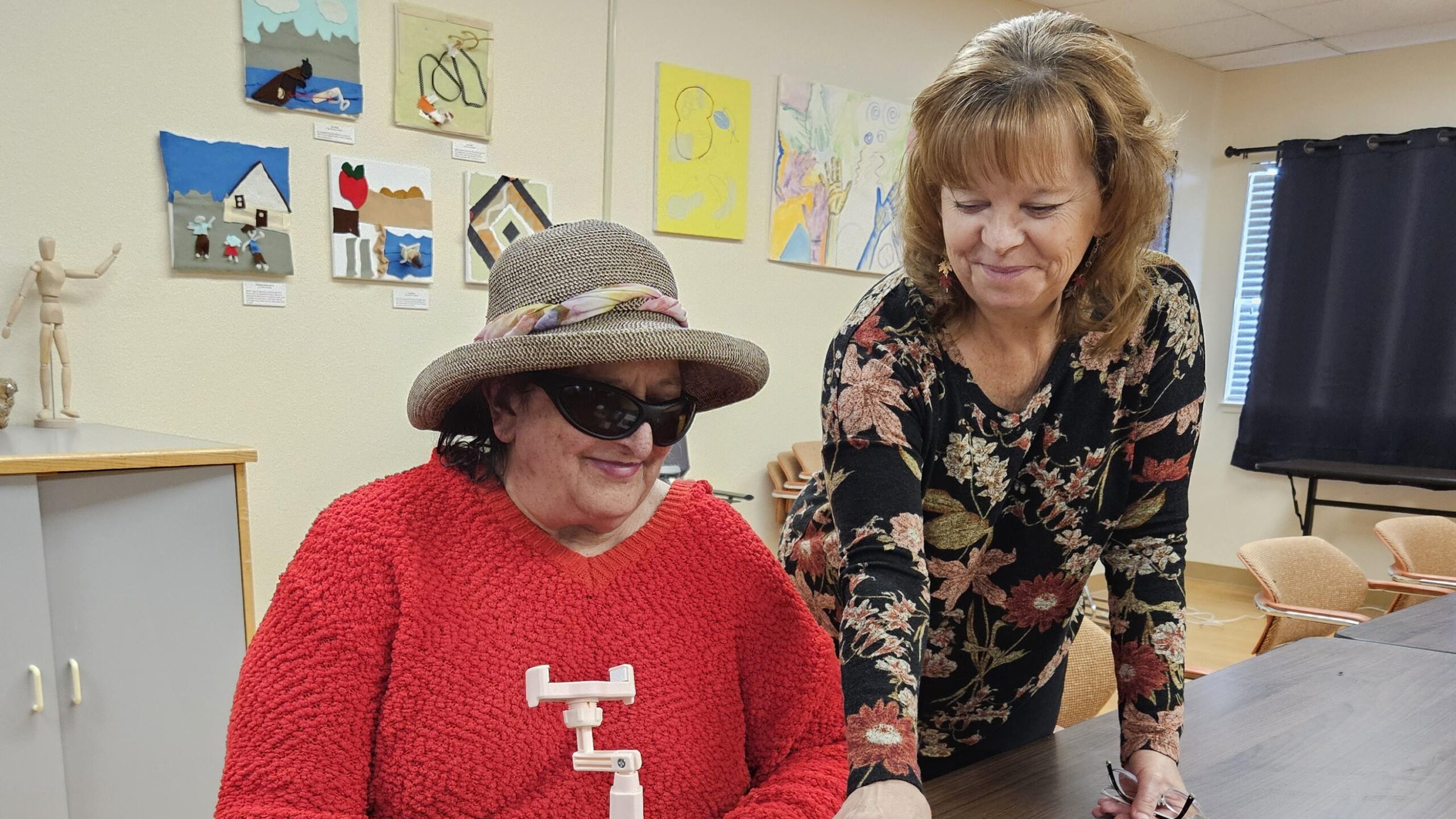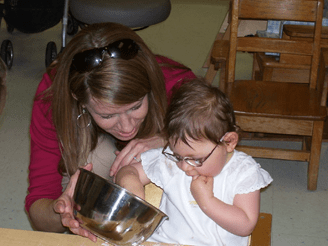How Cathy Mulhern’s Technology Journey Led Her to Teach at Earle Baum Center
In March, we introduced you to the Earle Baum Center, a blindness center in Santa Rosa that recently joined the LightHouse community. Now, we’re introducing you to the people...

